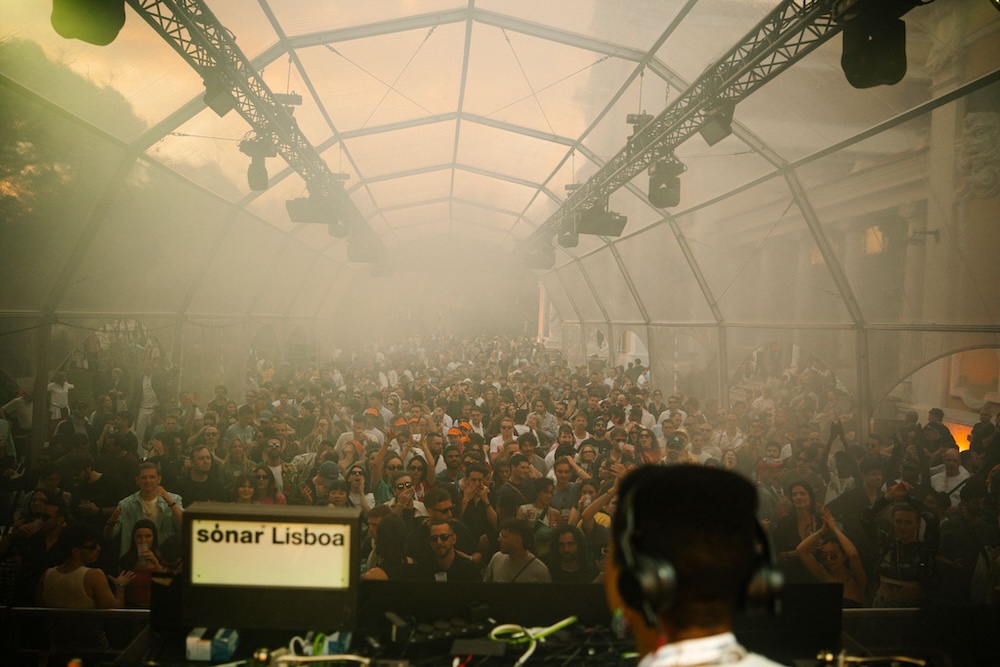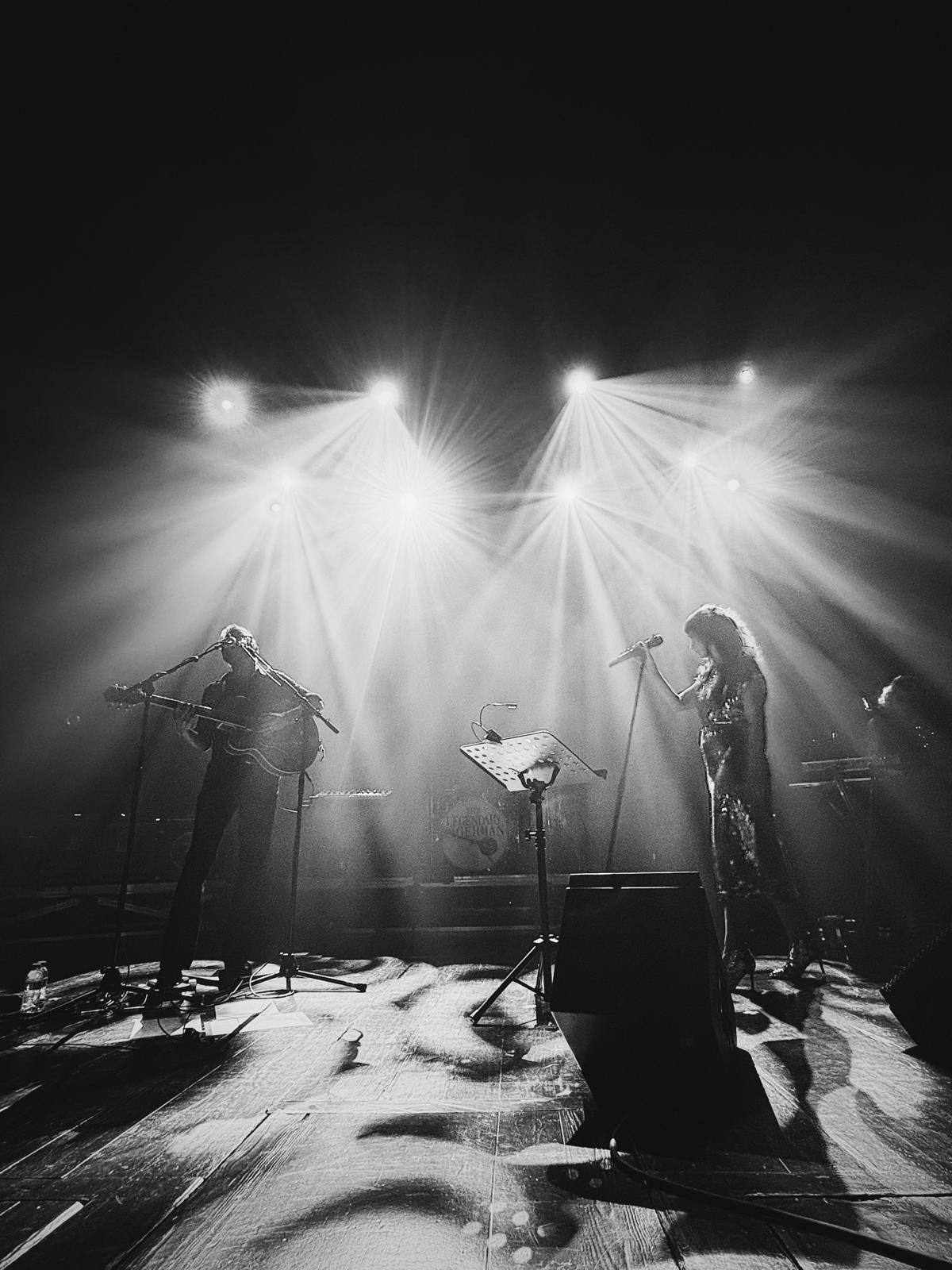Past & present of Rebetiko with After Altamont

After Altamont is the coming together of Inside Out Records bosses Stevie R and Constantinos Parisinos.
Though their solo outputs and collaborative releases have paid homage to their Greek roots in the past, this live project puts traditional sound front and centre.
Specifically they’re exploring a sound called Rebetiko. Described as the ‘urban popular song’ of Greece, the music has its roots in the late 19th century through to the ’50s, and was initially associated with lower classes.
The lyrics usually dealt with social subjects, including love, exile, marriage and death, as well as themes that reflected the experiences of marginalised subcultures in the country, for example drink, poverty and crime.
When it came to song structure, the Rebetiko sound is predominantly based on traditional Greek or Anatolian dance rhythms and employs traditional instruments namely the bouzouki, the baglamas and the guitar.
After Altamont interpret these rhythms through the use of these instruments which they merge with analog electronics to create dramatic, psychedelic grooves that beckon you in and pull you under. Their first journey into these sounds was captured on An Animal Orchestra back in 2020 and now they’re heading deeper into Rebetiko realms with Elektriki Rebetologia, a three-track EP featuring further reimaginations from Steve Pepe, Lamusa and more.
Following the release we asked them to give us a history lesson in the classic sound. Here’s what they had to say about it…
“It is challenging to achieve satisfactory representativeness of the Rebetiko era and music in terms of main elements and protagonists within a short list.
This playlist from After Altamont and Giorgos Angelopoulos aims to assist the listeners with their first steps into the genre, providing pieces with characteristic rhythms and roads (melodic paths). The examples provided in this list have been composed and performed by key characters of the Rebetiko scene, and cover the two main schools of the genre: Piraeus and Smyrna. Typical instruments found in these compositions are the bouzouki, baglama, guitar, violin, oud and kanun.
Our purpose was to include an original recording and a contemporary version of the piece, which either aims to achieve the original identity by advanced means, or experiments over its main elements.”
Topics
Markos Vamvakaris was a pioneer of Rebetiko and is named as its “Patriarch”. This is a 9/8 rhythm (Zeibekiko) piece recorded in 1936 and first performed in 1934-35 by the famous rebetiko quartet (Ksakousti tetras) of Batis, Dellias and Payioumtzis.




























Must Reads
David Holmes – Humanity As An Act Of Resistance in three chapters
As a nation, the Irish have always had a profound relationship with the people of Palestine
Rotterdam – A City which Bounces Back
The Dutch city is in a state of constant revival
Going Remote.
Home swapping as a lifestyle choice
Trending track
Vels d’Èter
Glass Isle
Shop NowDreaming
Timothy Clerkin
Shop Now